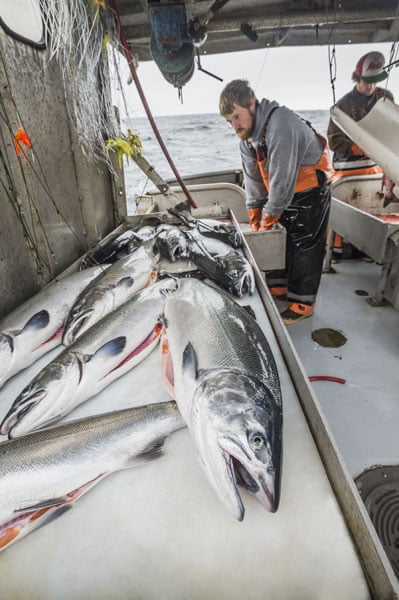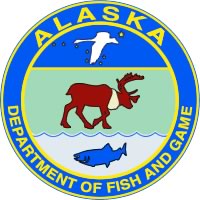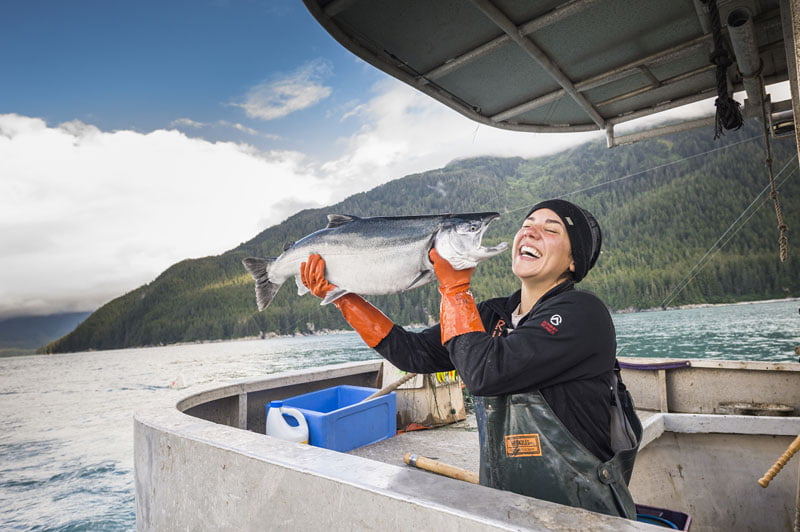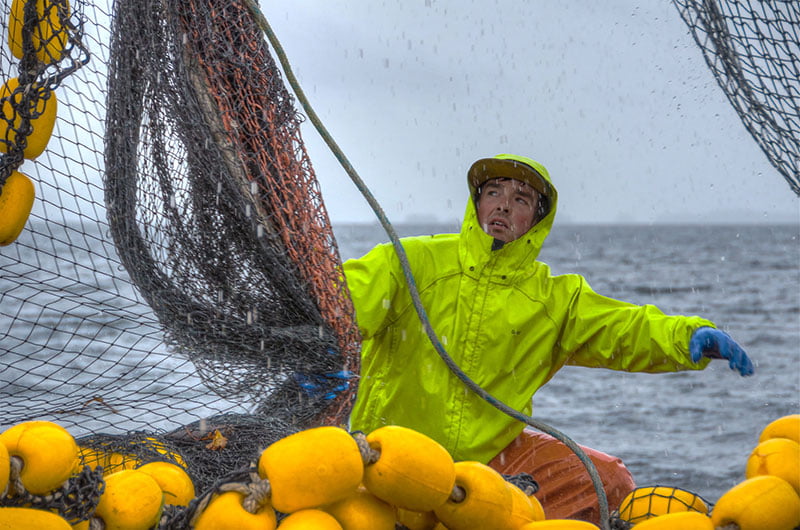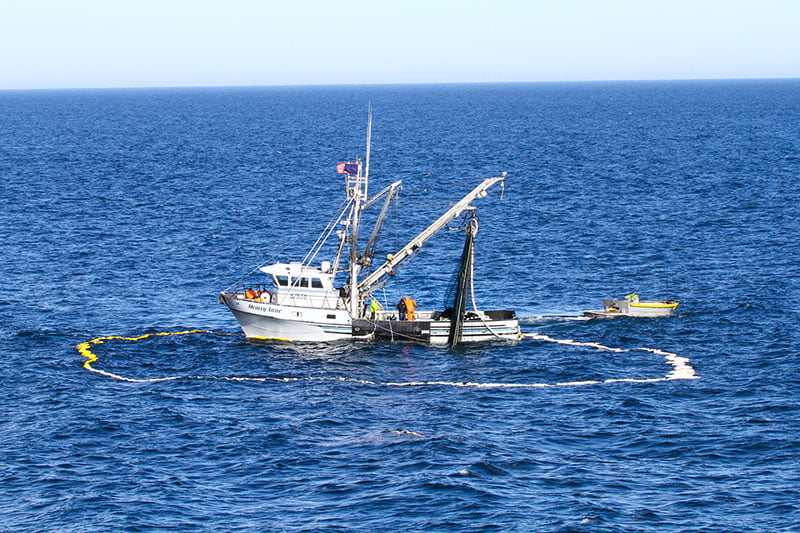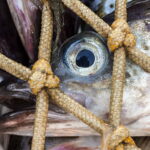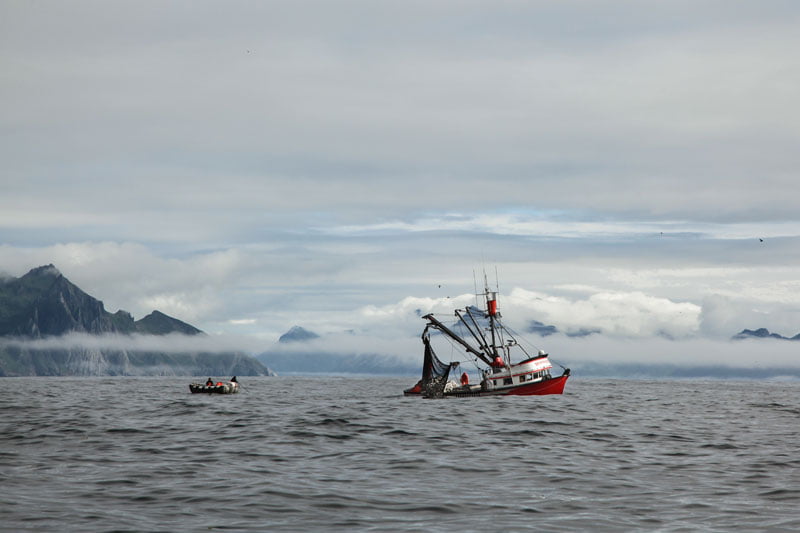Due to global recognition of the importance of protecting the fishing industry, an RFM certification program has been launched according to FAO standards, which assesses fisheries against the criteria of the code of conduct for responsible fishing and the FAO ecolabel guidelines.
The Alaskan fishing industry is committed to the development of this model because it is based directly on the world’s most comprehensive and respected fisheries management guidelines, developed through collaboration between governments, scientists, and conservationists.
Today, the Alaska Fisheries Management System is the global model for responsibility and sustainability. All industry stakeholders have agreed to prioritize long-term ecosystem conservation, over short-term commercial gains from over-exploitation.
In Alaska we work hard to ensure that RFM is being carried out correctly, the attached PDF answer s further questions concerning how fisheries management works in Alaska.





